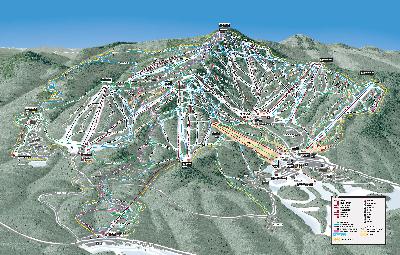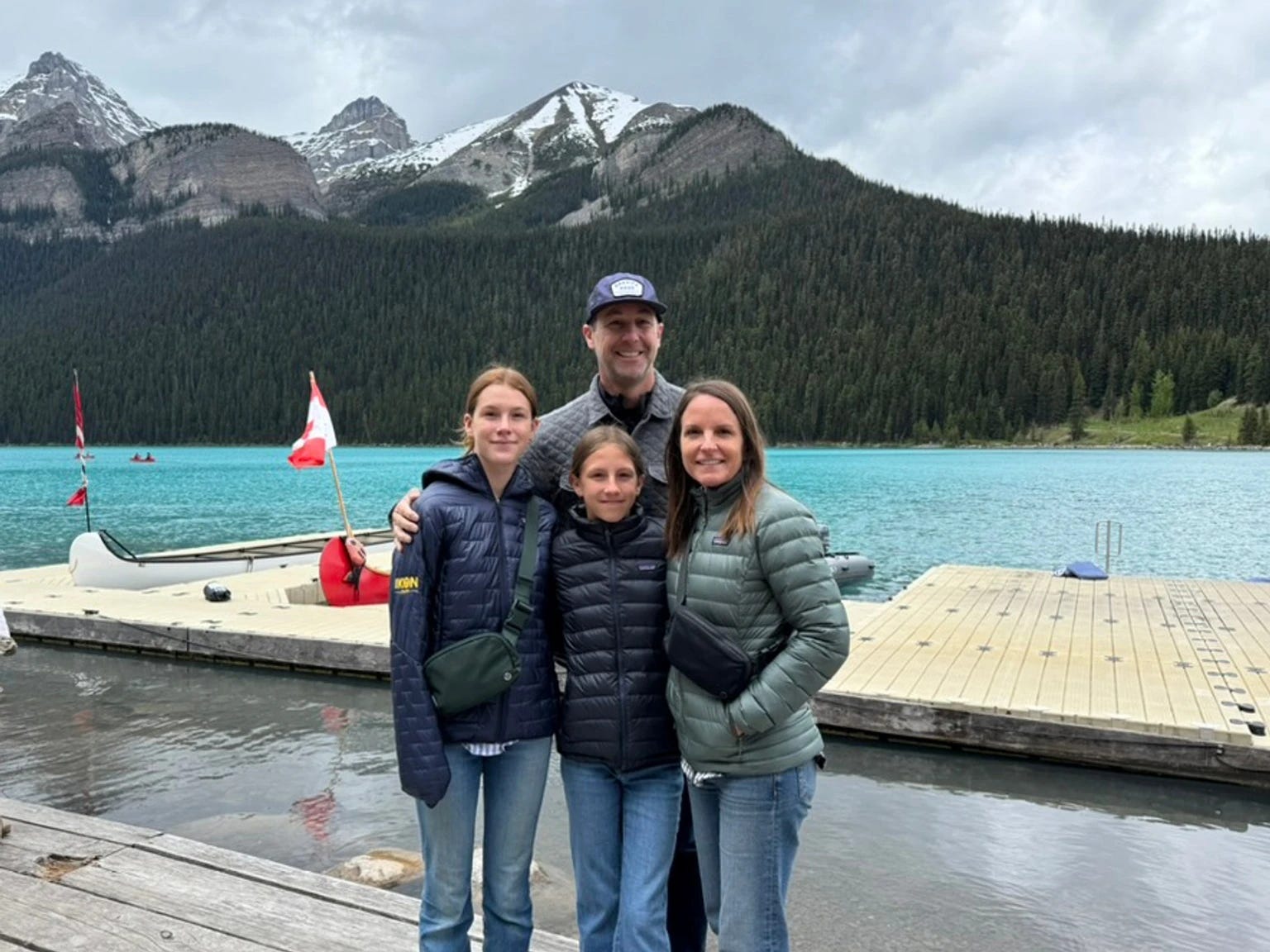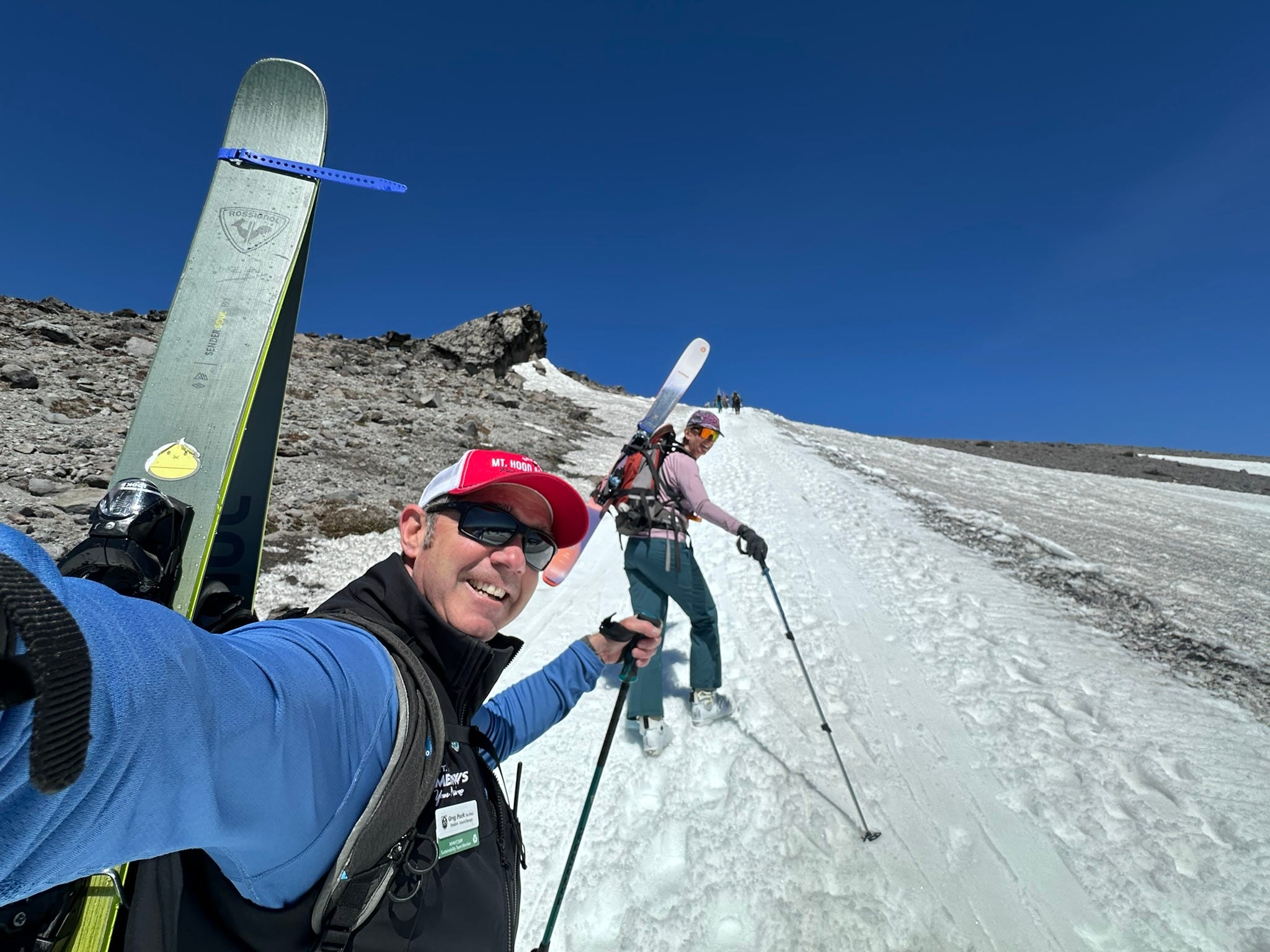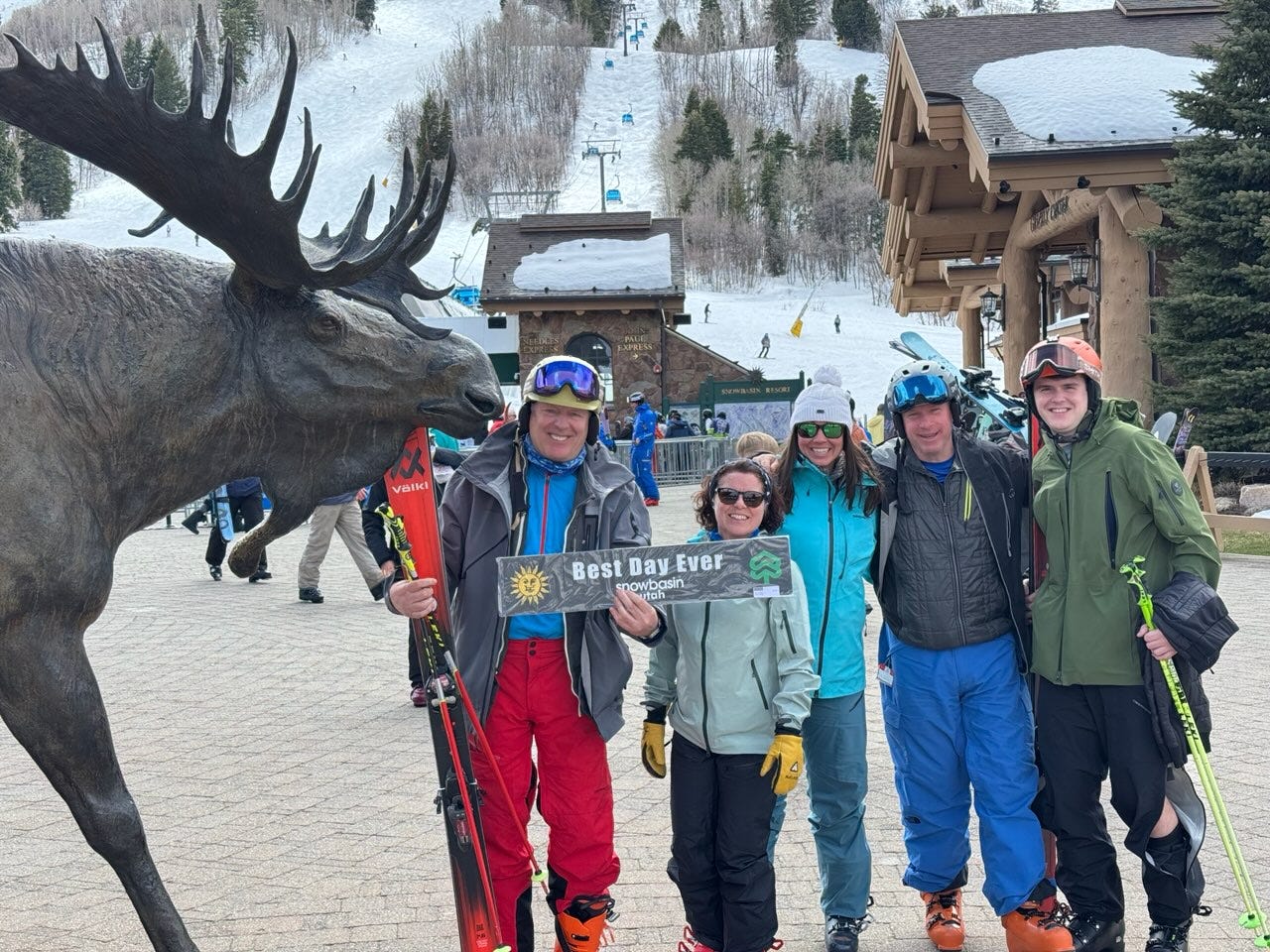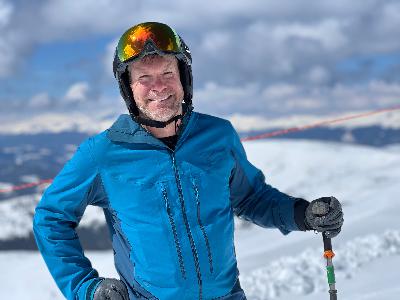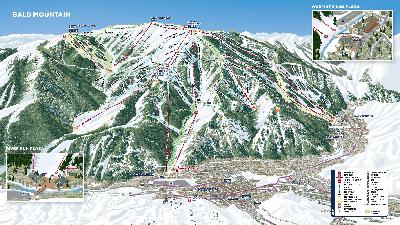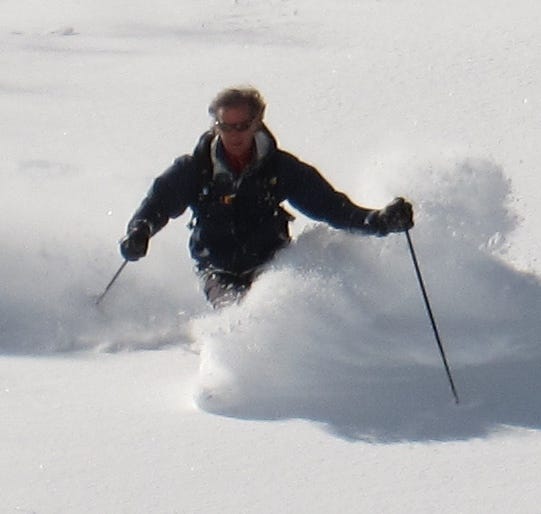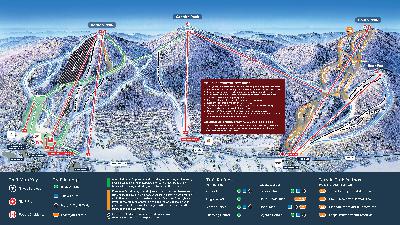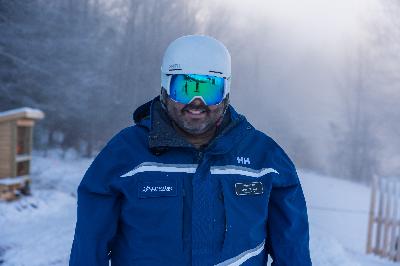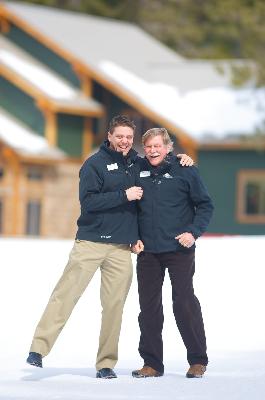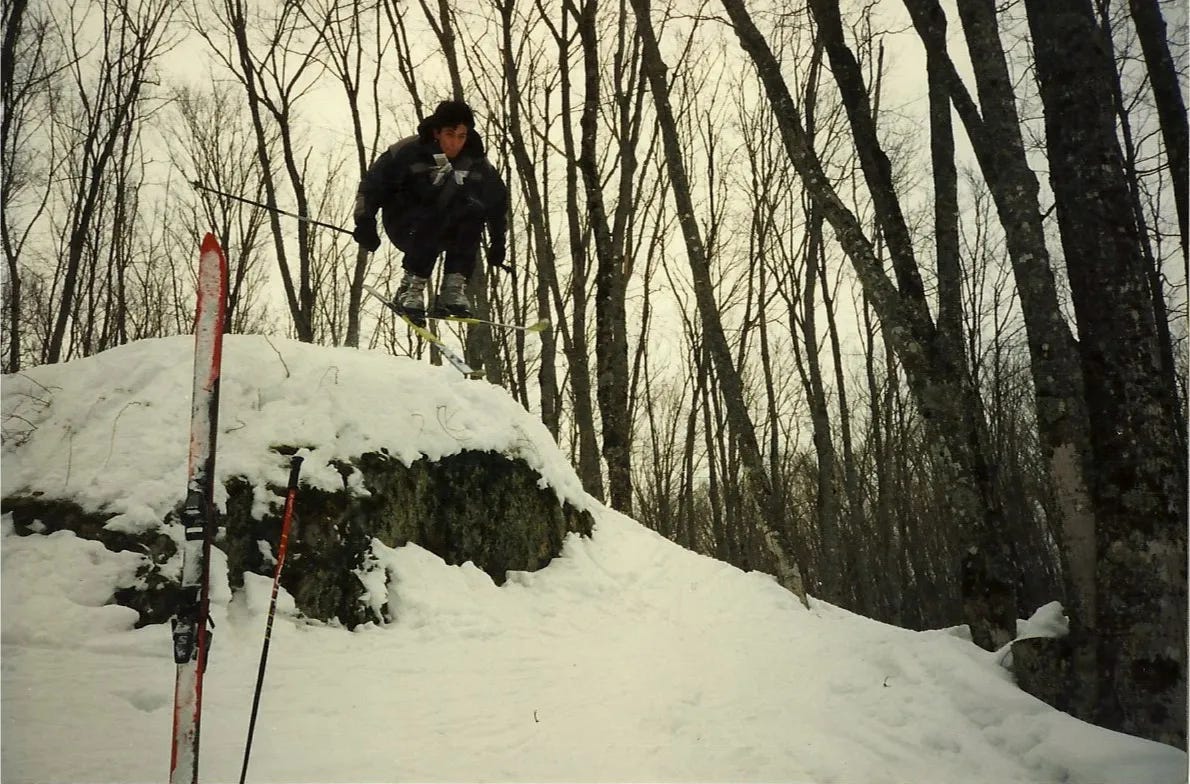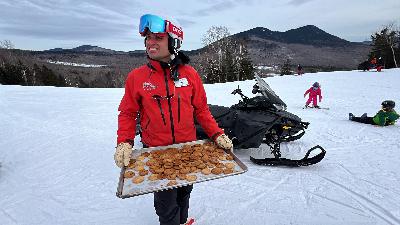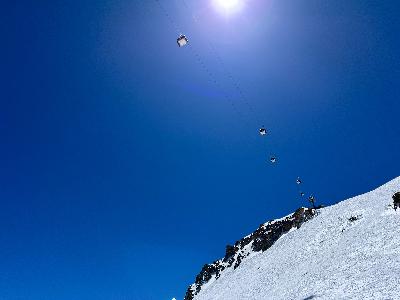Podcast #214: Killington and Pico Owner Phill Gross and CEO Mike Solimano
Description
Take 20% off an annual Storm subscription through 10/22/2025 to receive 100% of the newsletter’s content. Thank you for your support of independent ski journalism.
Who
Phill Gross, owner, and Mike Solimano, CEO of Killington and Pico, Vermont
Recorded on
July 10, 2025
About Killington
Click here for a mountain stats overview
Owned by: Phill Gross and team
Located in: Killington, Vermont
Year founded: 1958
Pass affiliations: Ikon Pass: 5 or 7 combined days with Pico
Reciprocal partners: Pico access is included on all Killington passes
Closest neighboring ski areas: Pico (:12), Saskadena Six (:39), Okemo (:40), Quechee (:44), Ascutney (:55), Storrs (:59), Harrington Hill (:59), Magic (1:00 ), Whaleback (1:02 ), Sugarbush (1:04 ), Bromley (1:04 ), Middlebury Snowbowl (1:08 ), Arrowhead (1:10 ), Mad River Glen (1:11 )
Base elevation: 1,165 feet at Skyeship Base
Summit elevation: 4,142 feet at top of K-1 gondola (hike-to summit of Killington Peak at 4,241 feet)
Vertical drop: 2,977 feet lift-served, 3,076 hike-to
Skiable Acres: 1,509
Average annual snowfall: 250 inches
Trail count: 155 (43% advanced/expert, 40% intermediate, 17% beginner)
Lift count: 20 (2 gondolas, 2 six-packs, 4 high-speed quads, 5 fixed-grip quads, 2 triples, 1 double, 1 platter, 3 carpets - view Lift Blog’s inventory of Killington’s lift fleet; Killington plans to replace the Snowdon triple with a fixed-grip quad for the 2026-27 ski season)
History: from New England Ski History
About Pico
Click here for a mountain stats overview
Owned by: Phill Gross and team
Located in: Mendon, Vermont
Year founded: 1934
Pass affiliations: Ikon Pass: 5 or 7 combined days with Killington
Reciprocal partners: Pico access is included on all Killington passes; four days Killington access included on Pico K.A. Pass
Closest neighboring ski areas: Killington (:12), Saskadena Six (:38), Okemo (:38), Quechee (:42), Ascutney (:53), Storrs (:57), Harrington Hill (:55), Magic (:58), Whaleback (1:00 ), Sugarbush (1:01 ), Bromley (1:00 ), Middlebury Snowbowl (1:01 ), Mad River Glen (1:07 ), Arrowhead (1:09 )
Base elevation: 2,000 feet
Summit elevation: 3,967 feet
Vertical drop: 1,967 feet
Skiable Acres: 468
Average annual snowfall: 250 inches
Trail count: 58 (36% advanced/expert, 46% intermediate, 18% beginner)
Lift count: 7 (2 high-speed quads, 2 triples, 1 doubles, 2 carpets - view Lift Blog’s inventory of Pico’s lift fleet)
History: from New England Ski History
Why I interviewed them
The longest-tenured non-government ski area operator in America, as far as I know, is the Seeholzer family, owner-operators of Beaver Mountain, Utah since 1939. Third-generation owner Travis Seeholzer came on the pod a few years back to trace the eight-decade arc from this dude flexing 10-foot-long kamikaze boards to the present:
Just about every ski area in America was hacked out of the wilderness by Some Guy Who Looked Like That. Dave McCoy at Mammoth or Ernie Blake at Taos or Everett Kircher at Boyne Mountain, swarthy, willful fellows who flew airplanes and erected rudimentary chairlifts in impossible places and hammered together their own baselodges. Over decades they chiseled these mountains into their personal Rushmores, a life’s work, a human soul knotted to nature in a built place that would endure for generations.
It’s possible that they all imagined their family name governing those generations. In the remarkable case of Boyne, they still do. But the Kirchers and the Seeholzers are ski-world exceptions. Successive generations are often uninterested in the chore of legacy building. Or they try and say wow this is expensive. Or bad weather leads to bad financial choices by our cigar-smoking, backhoe-driving, machete-wielding founder and his sons and daughters never get their chance. The ski area’s deed shuffles into the portfolio of a Colorado Skico and McCoy fades a little each year and at some point Mammoth is just another ski area owned by Alterra Mountain Company.
It’s tempting to sentimentalize the past, to lament skiing’s macro-transition from gritty network of founder-kingpin fifes to set of corporate brands, to conclude that “this generation” just doesn’t have the tenacity of a Blake or a McCoy. But the America where a fellow could turn up with a dump truck and a chainsaw and flatten raw forest into a for-profit business with minimal protest is gone. Every part of the ski ecosystem is more regulated, complicated, and expensive than it’s ever been. The appeal of running such a machine - and the skillset necessary to do so - is entirely different from that of sculpting your own personal snow Narnia from scratch.
We will always have family-owned ski areas (we still have hundreds), and an occasional modern founder-disruptor like Mount Bohemia’s Lonie Glieberman will materialize like a new X-man. But ski conglomerates have probably always been inevitable, and are probably largely the industry’s future. They are best suited, in most cases, to manage, finance, and maintain the vast machinery of our largest ski centers (and also to create a ski landscape in which not all ski area operators are Some Guy Who Looked Like That).
Killington demonstrates this arc from rambunctious founder to corporate vassal as well as any mountain in the country. Founded in 1958 by the wily and wild Pres Smith, the ski area’s parent company, Sherburne Corp., bought Sunday River, Maine in 1973 and Mount Snow, Vermont in 1977. The two Vermont mountains became S-K-I in 1984, bought five more ski areas, and merged with four-resort LBO in 1996 to become the titanic American Skiing Company. Unfortunately ASC turned out to be skiing’s Titanic, and one of the company’s last acts before dissolution was to sell Killington and Pico to Utah-based Powdr in 2007.
The Beast had been tamed, at least on paper. Corporate ownership of some sort felt as stapled to the mountain as Killington’s 3,000 snowguns. And mostly, well, it didn’t matter. Other than Powdr’s disastrous attempts to shorten the resort’s famously long seasons, Killington never lost its feisty edge. Over the decades the ski area modernized, masterplanned, and shed skier volume while increasing its viability as a business. Modern Killington wasn’t the kingdom of a charismatic and ever-present founder, but it was a pretty good ski area.
And then, suddenly, shockingly, Powdr sold both Killington and Pico last August. And they didn’t sell the ski areas to Vail or Alterra or Boyne or to anyone who owned any ski areas at all. Instead, a group of local investors - led by Phill Gross and Michael Ferri, longtime Killington homeowners who ran a variety of non-ski-related businesses - bought the mountains. After 51 years as part of a multi-mountain ownership group, Killington (its relationship to neighboring Pico notwithstanding), was once again independent.
It was all so improbable. Out-of-state operators had purchased five of Vermont’s large ski areas in recent years: Colorado-based Vail Resorts bought Stowe in 2017, Okemo in 2018, and Mount Snow in 2019; Denver-based Alterra claimed Sugarbush in 2019; and Utah-based Pacific Group Resorts added Jay Peak to their small portfolio in 2022. Very few ski areas have ever entered the corporate matrix and re-emerged as independents. Grand Targhee, Wyoming; Waterville Valley, New Hampshire; and Mountain Creek, New Jersey (technically owned by multimountain operator Snow Partners) are exceptions spun off from larger companies. But mostly, once a larger entity absorbed a ski area, it stays locked in the multimountain universe forever.
So what would this mean? For the largest and busiest mountain in the eastern United States to be independent? Did this, along with Powdr’s intentions to sell Mount Bachelor (since rescinded), Eldora (sale <a href="https://www.stormski

